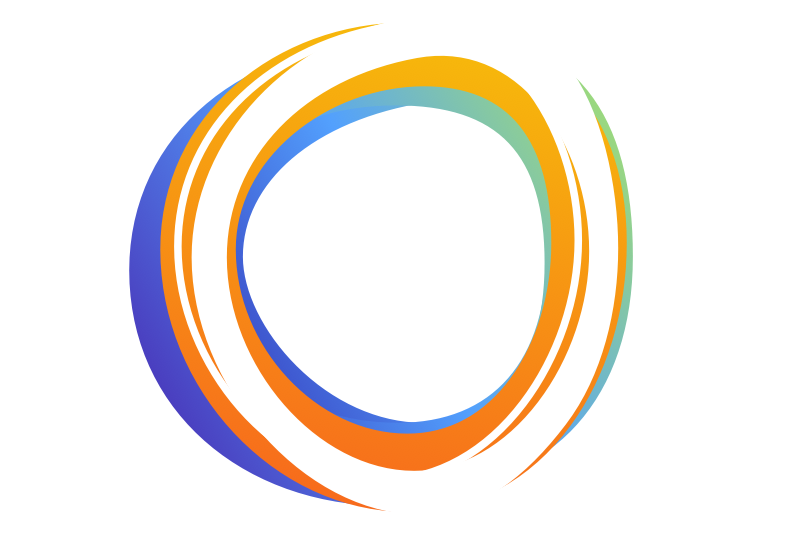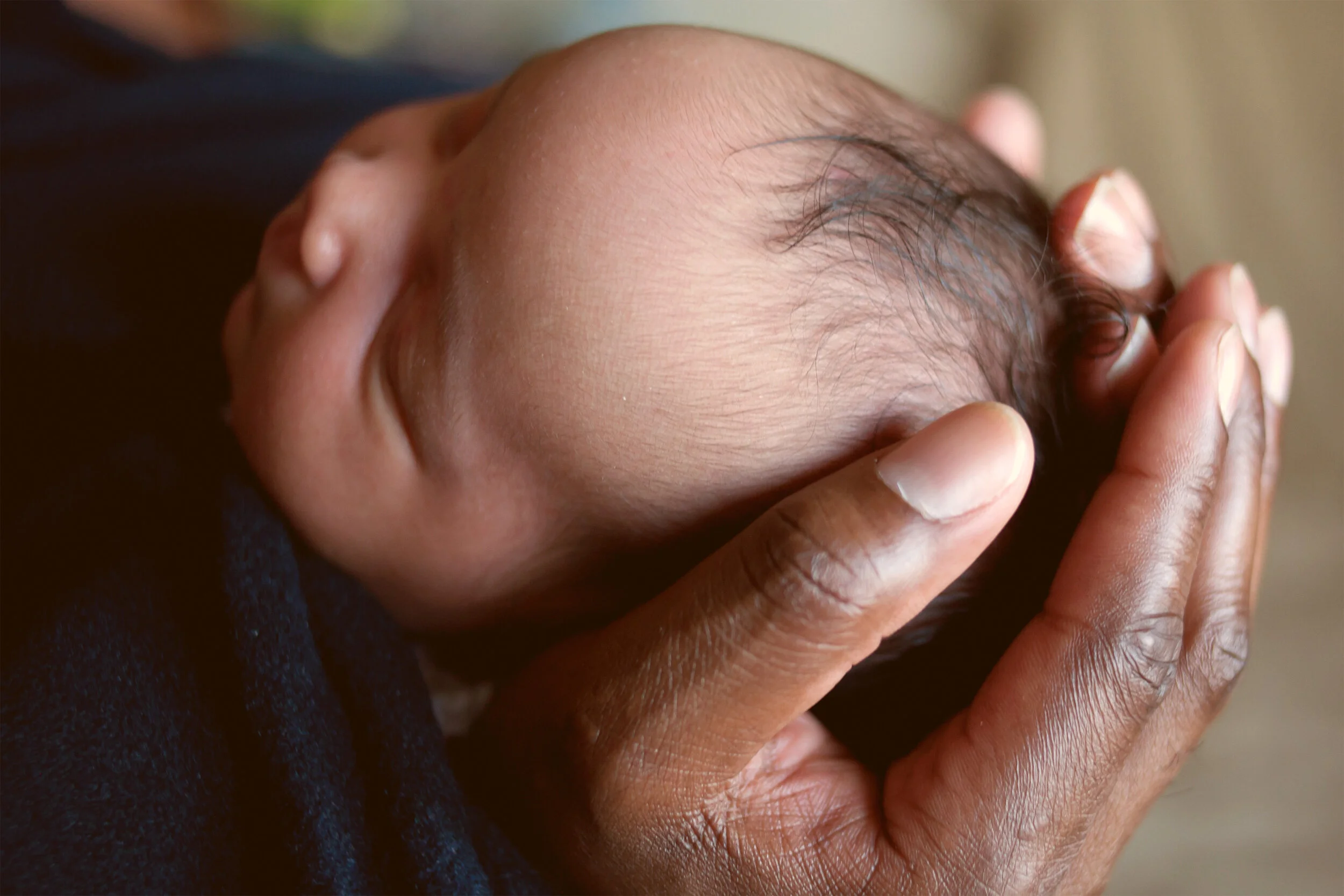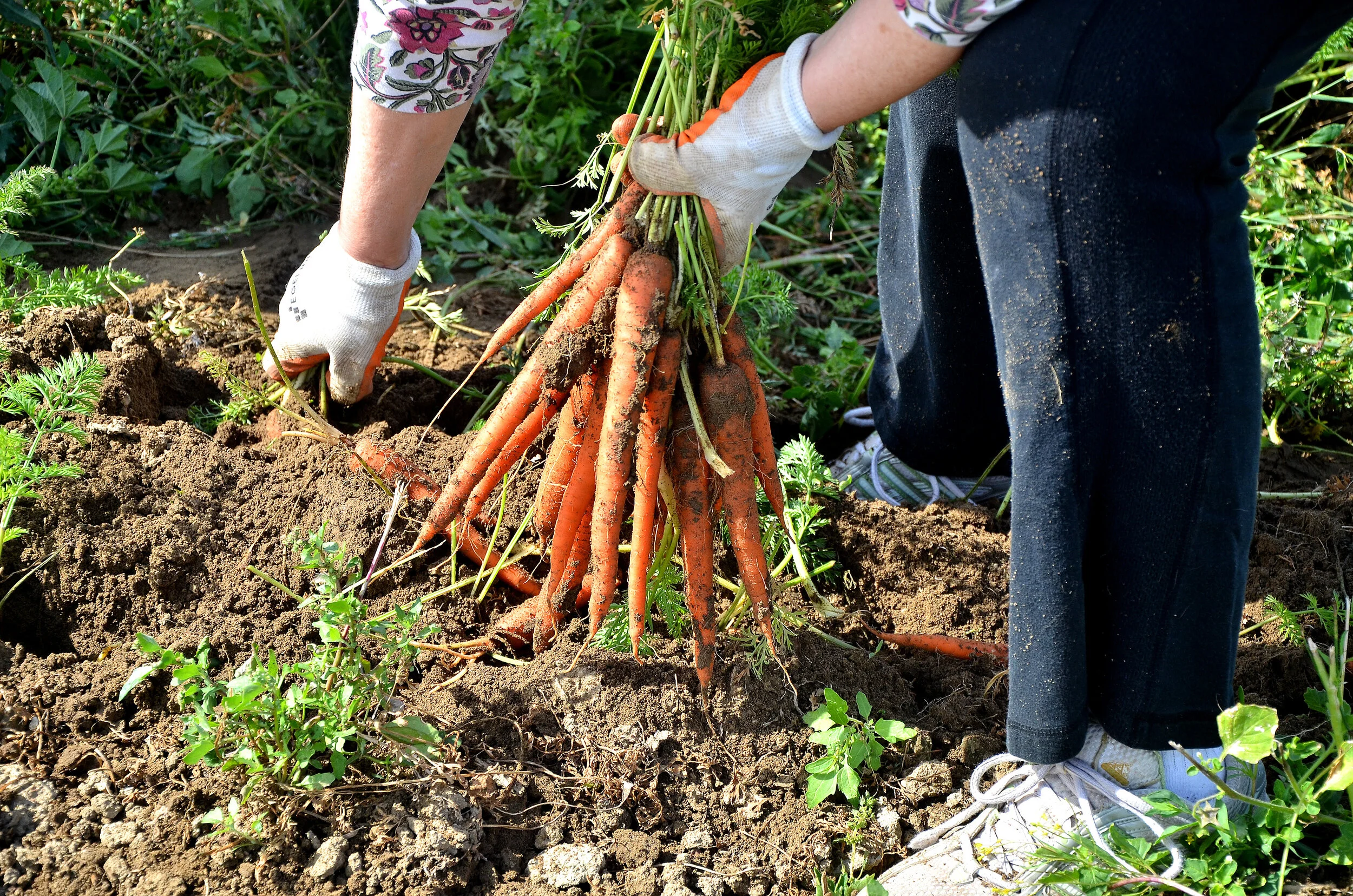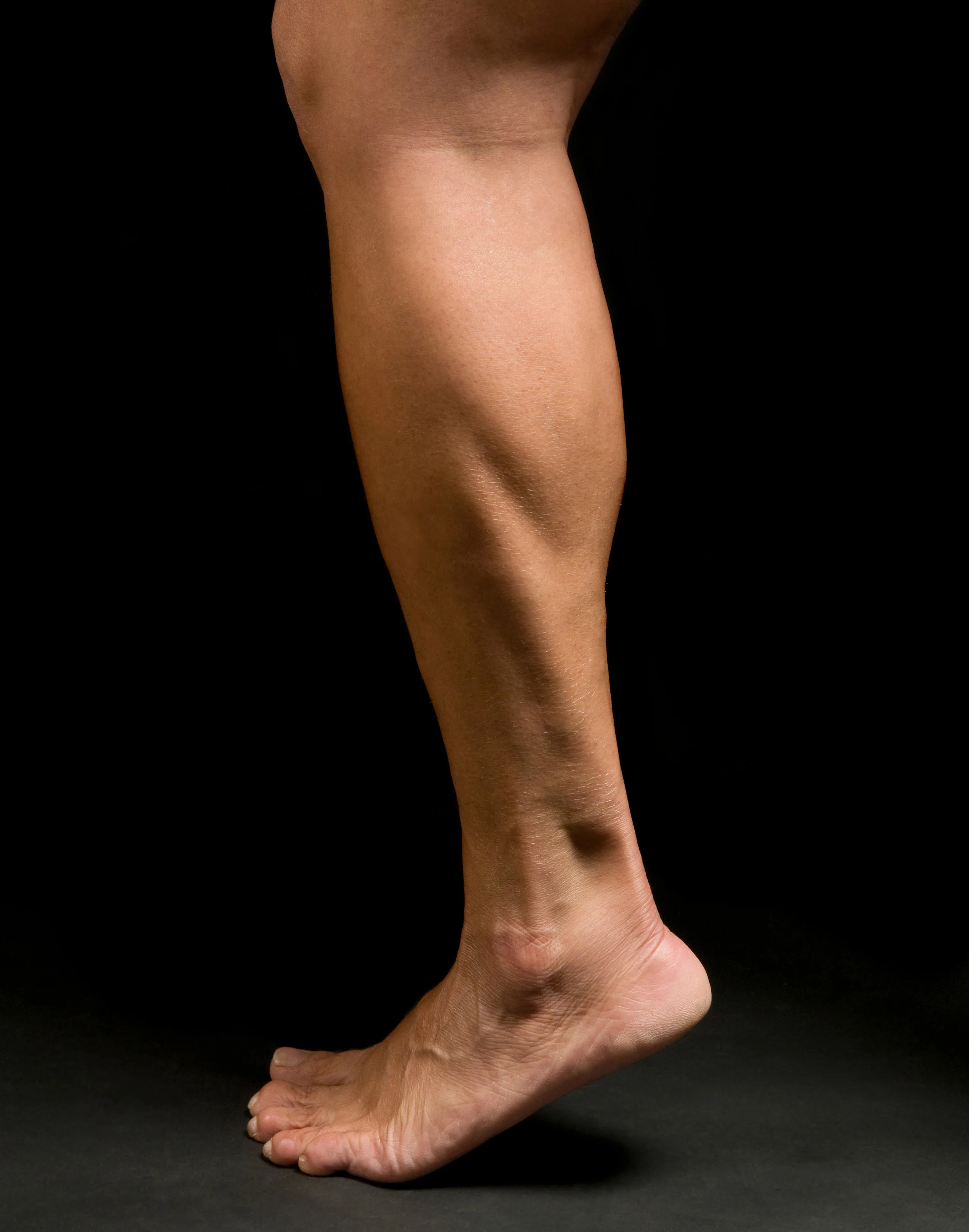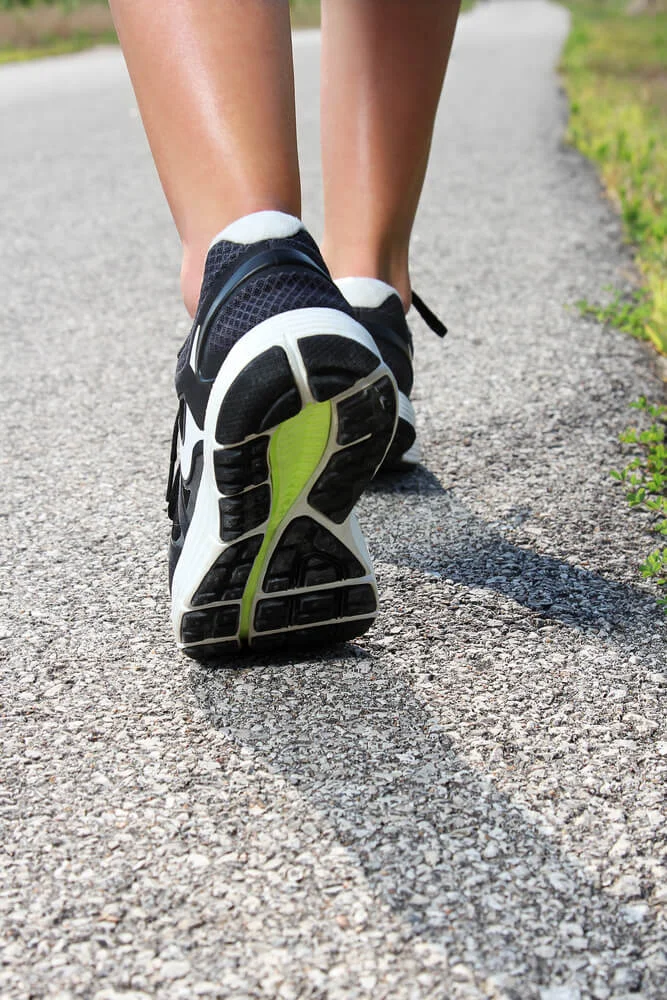The story of osteopathy, now a respected healthcare profession in the UK, begins in the aftermath of the American Civil War with a man named Andrew Taylor Still. Born in 1828 in Virginia, Still was a physician, farmer, and inventor who served as a hospital steward during the Civil War. This experience, coupled with personal tragedy, would set him on a path to revolutionize healthcare.
In 1864, Still faced an unimaginable loss when three of his children died from spinal meningitis. Devastated and disillusioned with the limitations of 19th-century medicine, he began to question everything he knew about healing. Still believed there had to be a better way – a method of healthcare that didn't rely on the often harmful practices of bloodletting and excessive use of drugs.
For nearly a decade, Still immersed himself in intensive study of human anatomy. He dissected cadavers, pored over medical texts, and observed the natural world around him. His eureka moment came in 1874 when he realized the significance of the musculoskeletal system in overall health.
Still's revolutionary idea was that many diseases could be alleviated or cured by manipulating the bones, muscles, and connective tissues. He believed that the body contained all the elements needed for good health, and that proper alignment and function of the musculoskeletal system allowed the body's natural healing mechanisms to work effectively.
This was the birth of osteopathy – a name Still derived from the Greek words for "bone" (osteon) and "suffering" (pathos). He saw the skeletal system as the starting point for diagnosing and treating illness, but his approach encompassed the entire body, emphasizing the interconnectedness of all systems.
Still's ideas were radical for his time. He faced ridicule from the medical establishment and was even ostracized by some in his community. Undeterred, he continued to develop his theories and techniques, treating patients who often had found no relief through conventional medicine.
In 1892, Still founded the American School of Osteopathy (now A.T. Still University) in Kirksville, Missouri. This marked the formal beginning of osteopathy as a profession. Among his early students was John Martin Littlejohn, a Scot who would later bring osteopathy to the United Kingdom.
Littlejohn, impressed by Still's teachings and having experienced personal healing through osteopathy, returned to the British Isles in 1898. He carried with him not just a new set of medical techniques, but a whole philosophy of healthcare that would gradually transform British medicine.
In 1917, Littlejohn established the British School of Osteopathy in London, planting the seeds for what would become a thriving profession in the UK. The principles laid down by Still – the body's inherent ability to heal itself, the interrelationship of structure and function, and the importance of treating the whole person rather than just symptoms – resonated with many British practitioners and patients alike.
Over the following decades, osteopathy in the UK evolved, adapting to the British healthcare context while maintaining its core principles. The profession faced challenges, from skepticism to legal uncertainties, but gradually gained recognition and respect.
A significant milestone came in 1993 with the Osteopaths Act, which provided statutory regulation for the profession in the UK. This made Britain the first country to accord osteopathy statutory recognition as an independent profession, a testament to how far Still's ideas had come from their humble beginnings on the American frontier.
Today, as we celebrate 150 years since Still's discovery, osteopathy is an integral part of healthcare in the UK. From NHS practices to private clinics, osteopaths apply and build upon Still's foundational principles, combining them with modern medical knowledge and technology.
The journey of osteopathy – from Still's epiphany in Missouri to its current status in the UK – is a testament to the power of innovative thinking in healthcare. As British osteopaths continue to advance their profession, they carry forward a legacy that began with one man's quest to find a better way to heal, a quest that continues to benefit patients across the United Kingdom and beyond.
